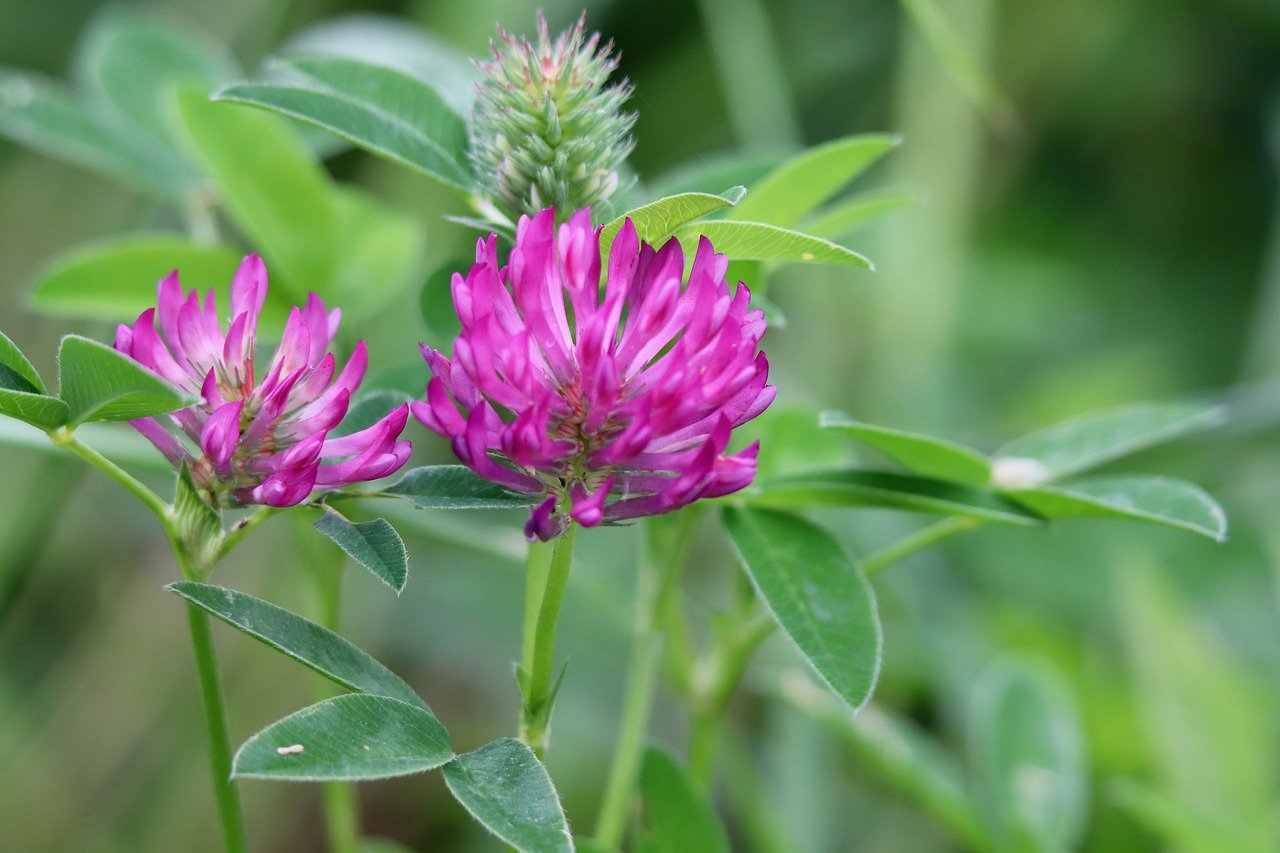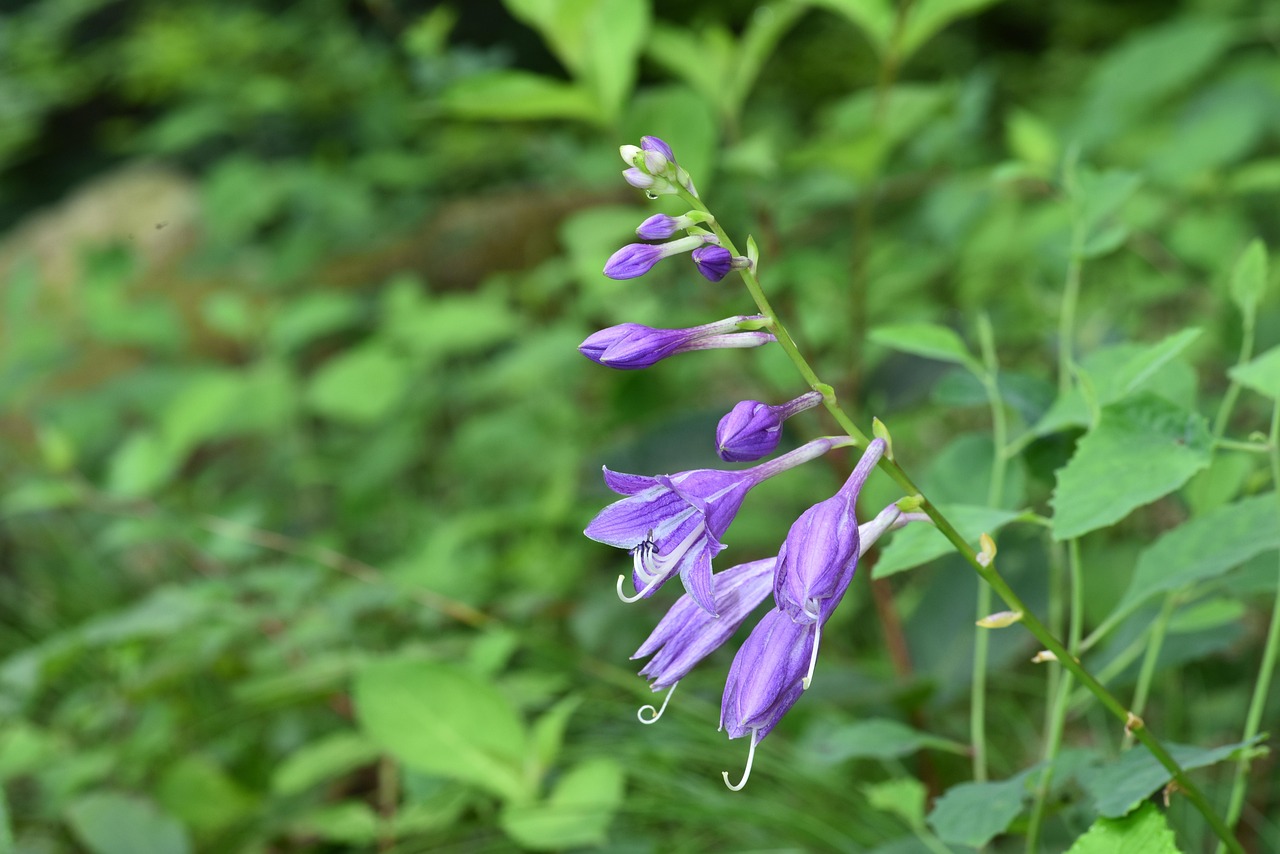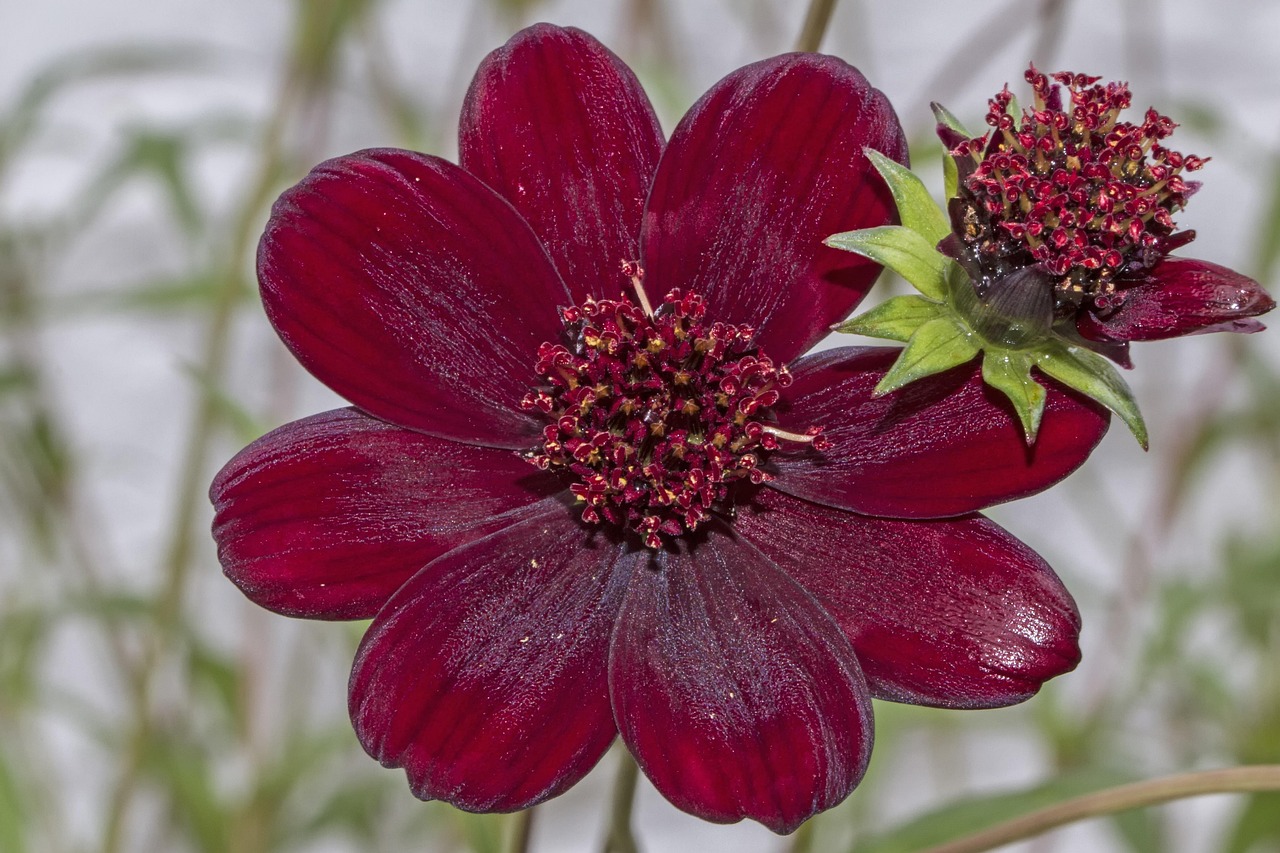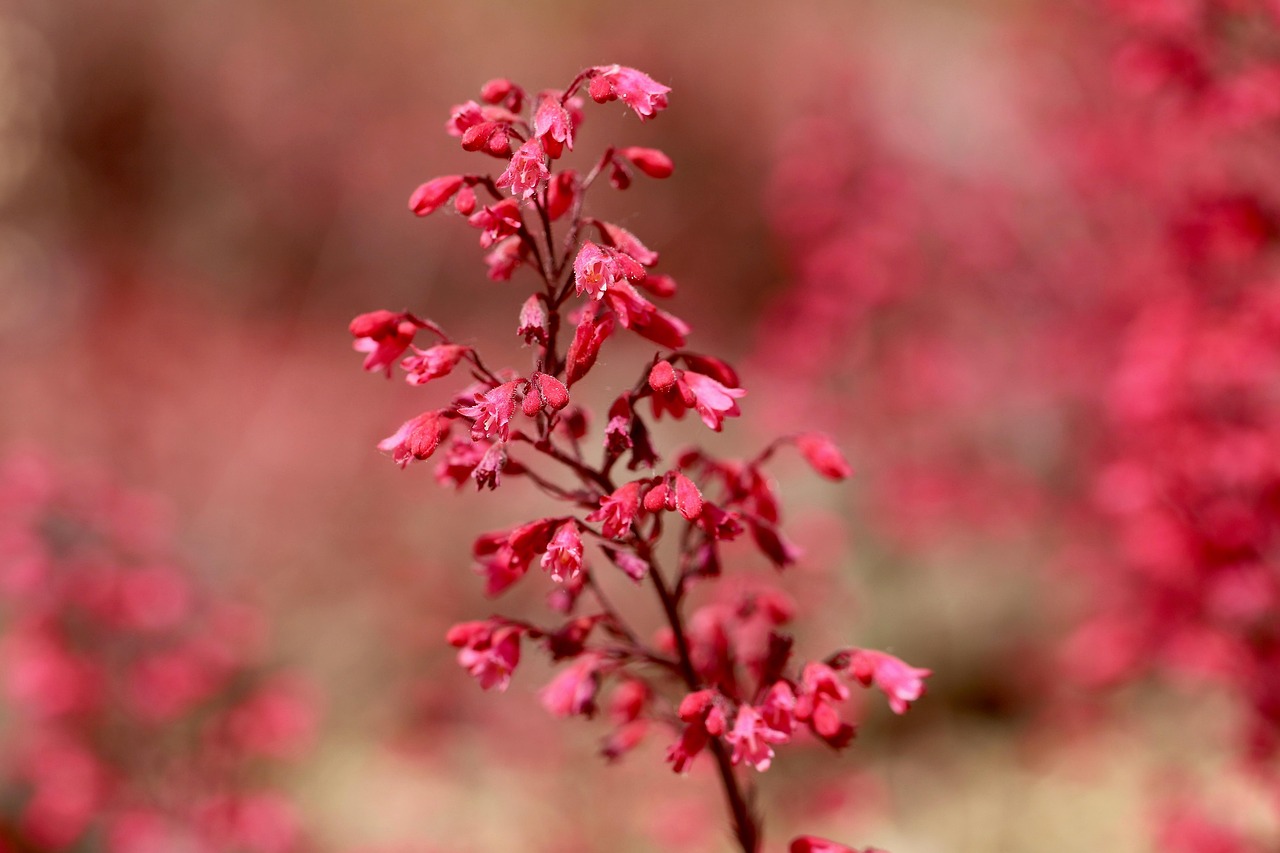Astilbe japonica | A Quiet Presence in Japanese Gardens, Blooming in Mountain Wetlands
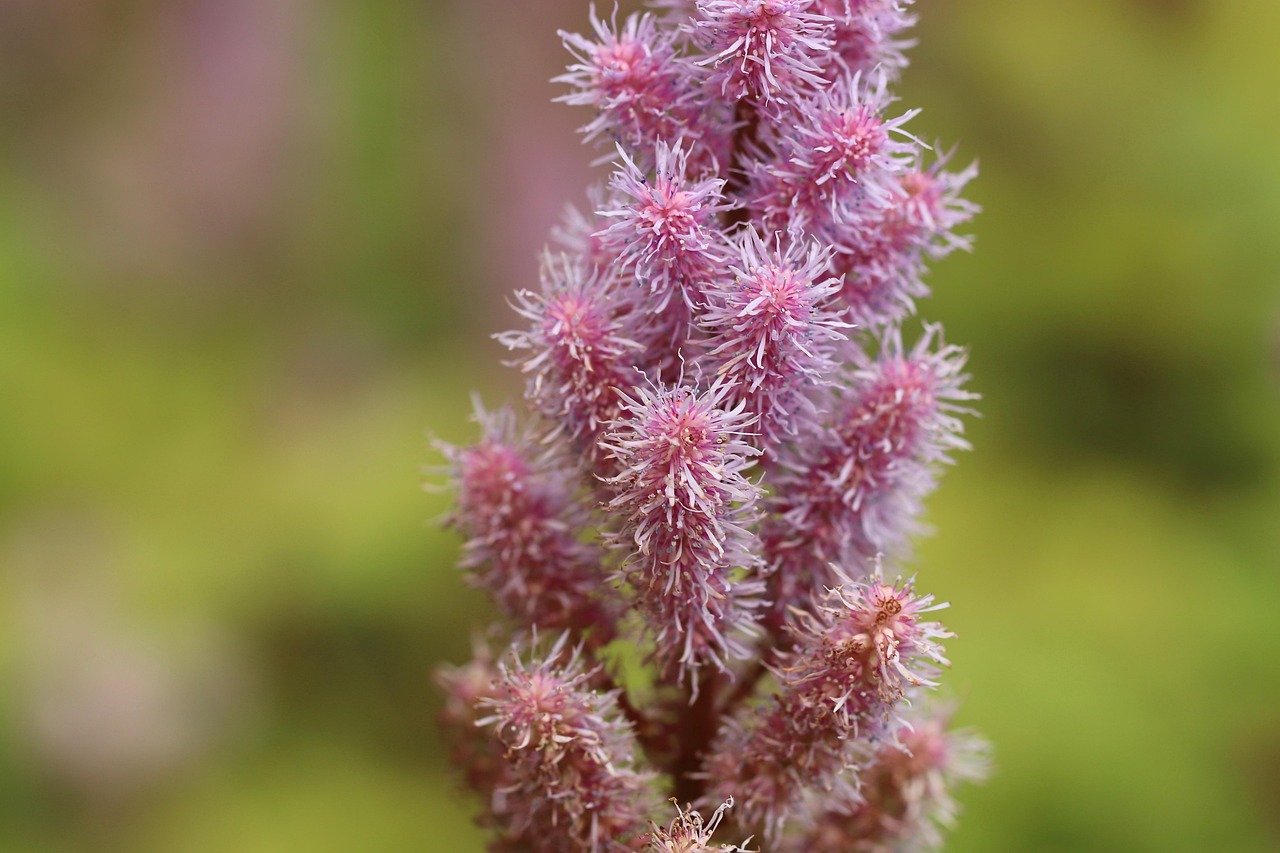
I would like to introduce Astilbe japonica, a perennial plant admired for its delicate, feathery plumes and glossy foliage.
This plant thrives in moist, partially shaded environments and is well-suited for traditional Japanese gardens as well as shaded planting beneath trees.
Native to Japan’s mountain regions, its white or pale pink flowers bloom in early summer, creating a subtle yet refreshing presence.
In this article, I will explain the basic information, cultural background, history, and cultivation methods of Astilbe japonica.
Basic Information
- Scientific name: Astilbe japonica
- Family: Saxifragaceae
- Origin: Japan (central Honshu and northward)
- Appearance: Height of 30–60 cm, pinnately divided leaves, and upright flower stalks. The small flowers cluster into plume-like panicles, giving a cool impression.
- Blooming period: June–July
Cultural Significance Worldwide
In traditional Japanese gardens, Astilbe japonica has long been used to create a quiet, understated atmosphere.
Often planted together with moss or ferns, it blends naturally into the landscape, symbolizing modesty and tranquility. Its unpretentious floral form reflects the Japanese aesthetic of harmony with nature.
In Europe and North America, the plant was introduced in the late 19th and early 20th centuries, during the rise of interest in Asian flora. It became a foundational species for horticultural breeding and is now widely known as the “Japanese Astilbe.” Today, it remains a popular perennial for shade gardens, thriving in moist, semi-shaded environments.
Historical Notes
Astilbe japonica was introduced to the West in the Meiji era by plant collectors.
At that time, Japanese plants were attracting great attention in Western horticulture and garden art. Among them, Astilbe japonica came to be recognized as one of the most important species of the genus.
In the early 20th century, German horticulturist Georg Arends and others carried out crossbreeding using Astilbe japonicaas a parent, resulting in a wide variety of cultivated hybrids. Thus, the plant not only stood out individually but also played a key role in shaping Astilbe cultivation in the West.
Gardening Advice
Astilbe japonica prefers moist soil and gentle light. By following these tips, you can enjoy healthy growth and beautiful blooms:
Light
Prefers partial shade or bright shade. Avoid strong direct sunlight; dappled light under trees is ideal.
Watering
Keep soil consistently moist. During summer, water in the morning and evening to prevent leaf damage.
Soil
Use humus-rich soil with both good moisture retention and drainage. It grows well in areas resembling wetlands.
Fertilizer
Apply slow-release fertilizer in early spring and after flowering. Avoid overfeeding; follow proper dosage.
Pruning
Cut flower stalks at the base after blooming. Remove dead leaves and stems to improve airflow.
Winter care
Highly cold-hardy; can overwinter outdoors. In colder regions, protect the crown with straw mulch.
Conclusion
Astilbe japonica is a perennial native to Japan, valued for its refreshing early summer blooms.
In Japanese gardens, it has long been appreciated as a plant that harmonizes with its surroundings, offering quiet elegance rather than flamboyance.
Since its introduction to Europe in the Meiji era, it has become the foundation for many hybrid cultivars and is now widely known as the “Japanese Astilbe.”
Thriving in moist, semi-shaded conditions, it continues to bring serenity and grace to gardens around the world.

